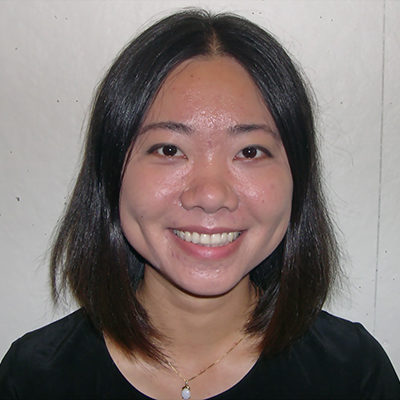The Metropolis Magazine and Staples Business Advantage announced the 2016 winners of the Tomorrow’s Workplace and Design Competition, and we are thrilled to share that PAYETTE Designer Jie Zhang’s submission placed in second!
The premise behind the competition is to explore the ever-changing workplace. An increase in the freelance workforce and the extending age of retirement make it clear that completely new models for collaboration, productivity and sustainability are likely to emerge in our workplaces. With this in mind, the participants in the third iteration of the competition were asked to speculate – what will the workplace of 2021 be like?
In Jie’s award-winning submittal, she proposed a new work environment entitled FoAM which is empowered by the growing freelance economy. The concept comprises a series of inflatable mobile offices that function within a network of urban parks. The offices are easy to carry and quick to set up, even though they are equipped with thermal and acoustic insulation. Their collapsible walls can also act as projection screens.
“It is impossible for architects and designers to ignore the needs of 30% or more of the US workforce who are freelancing, and deny the changing nature of work as the number grows. It presents tremendous opportunities, but also a challenge for us to think beyond the conventional client-designer model for office designs, and engage with the design of processes, tools and environments at a personal scale,” explains Jie.

https://www.PAYETTE.com/wp-admin/media-upload.php?post_id=7262&type=image&TB_iframe=1&width=753&height=620Image credit: Jie Zhang
In the submission, Jie paints a picture of the freelancer’s daily routine in the FoAM workplace:
IMAGINE: the office is on your back and the city becomes a creative campground. You get notified for a new consulting project before the morning surf. At 11am, after booking a pad, and with your office — Pumpkin — tightly packed in a gym bag, you slide into a shared autonomous car to a nearby FoAM. The third floor is already packed; you recognize a few familiar faces, some on an open-desk membership with rather compact headsets. You toss Pumpkin to the pad, which inflates and stabilizes within seconds. A skydome projection already transformed the interior into an undersea world, with meeting briefs pulled up on the wall. You turn down the wall transparency and adjust the temperature. Between office hours with students, a new article and a client VR call, you also manage to visit a hackathon and a climbing contest on other floors. At 6pm, you pack up Pumpkin and check out, ready to meet your collaborator at another FoAM to get some prototypes done. The day is still young.
Below are some renderings that illustrate how FoAM works:
FoAM is a mobile, personalized, responsive office on your back.

Image credit: Jie Zhang
An eco-system of inflatables allows users to customize the portable office to their needs and types of activity.

Image credit: Jie Zhang
FoAM also intends to unleash the latent value in vacant city infrastructure. Instead of constructing new office buildings, adaptation of existing parking structures into urban parks can be fast and cost-effective.

Image credit: Jie Zhang
We would like to congratulate Jie on her well-deserved honor! You can view her complete submittal along with the other winners at the Metropolis website.
Related:
In 5 years, Your Entire Office Will Fit in a Backpack to Take Wherever you Want
The Office of the Future: A Portable, Inflatable Bubble?
In the future, you might work in an inflatable office


